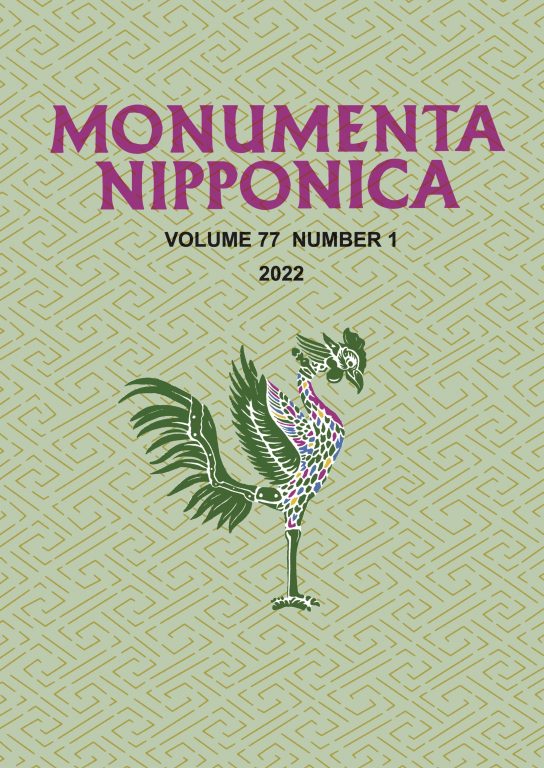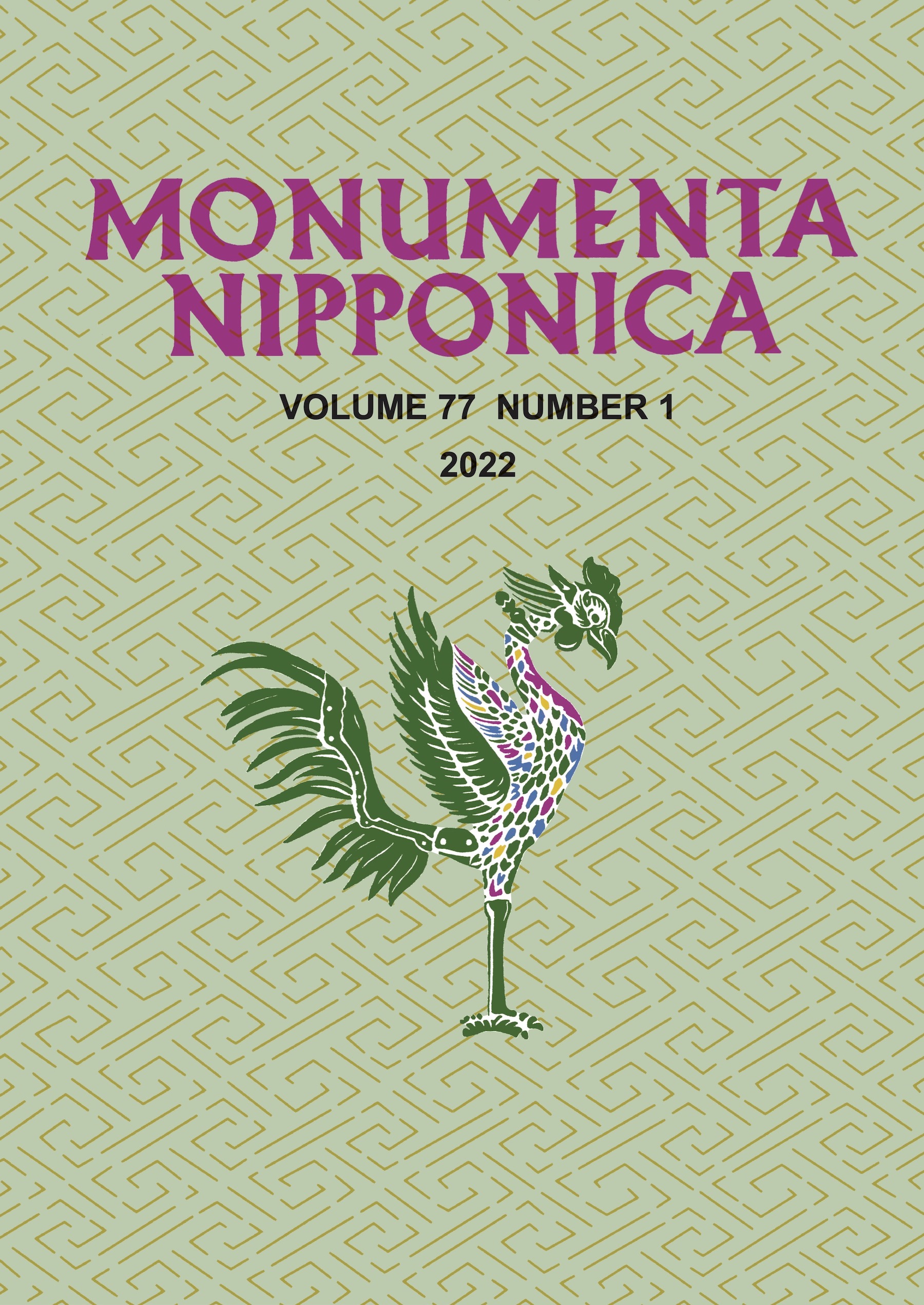Jesuit Printing and Hiragana BooksTakahiro Sasaki
MN 77:1 (2022) pp. 27–75
In the late sixteenth century, typographic printing technologies arrived in Japan in the form of war spoils taken during Japanese invasions of Korea and as proselytizing tools of the Jesuit missionaries. Shortly after, from around 1599, local artisans began to produce “old movable type” works that bore unmistakable signs of foreign influence. Despite being produced for less than half a century, these works brought about a paradigm shift, initiating the rise of commercial publishing. Previous research has focused mainly on whether it was the Korean or Jesuit technologies that inspired local printing. However, this article offers a new approach. By focusing on those local works that included the use of hiragana script and comparing them with those produced by the Jesuits, this article is able to demonstrate a rich and nuanced history of typography in place of favoring either foreign influence.

